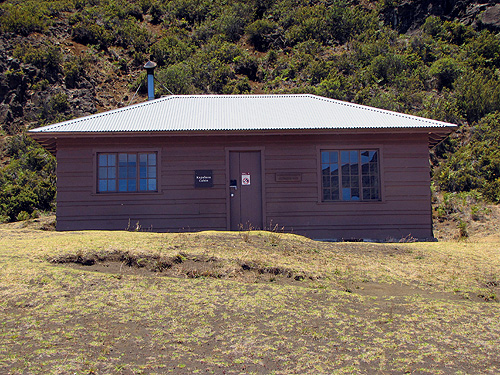This is a story with no conclusion; it is just a description of an odd coincidence that still leaves me puzzled.
Recently I re-discovered a CD that was released in 2000 by Nina Gordon, a singer I had never heard of before (or frankly, since). My daughter had purchased it because we were both entranced by a song on it, “Tonight And The Rest Of My Life.â€
Move on a few weeks in time…my daughter, avidly interested in Greek mythology, is reading an English translation of “Gods and Heroes†by Gustav Schwab. The book she holds in her hands was purchased by my great aunt, in 1946, as a Christmas gift for her husband. It is one of the very few items from my family that I possess.
So what’s the connection? On page thirty-nine, Zeus has decided to wipe out the human race. My daughter reads the following “[Zeus] was just about to do this by scourging all the earth with lightning, when he held back for fear the sky might catch fire and burn the axis of the world.†She is astonished and comes to show me the quote, because in Gordon’s song, the fourth and fifth lines are
“And the sky might catch on fire
And burn the axis of the world.â€
Well, we were very impressed that the songwriter – apparently Gordon herself – had seemingly read the very same book, and been fully taken by the imagery, but we were more impressed that the allusion was revealed to us by such a slim chance.
The meaning of the song is open to interpretation, but the chapter the quote comes from is “Pyrrha and Deucalion.†It is a tale of the Flood, only this one is caused by the Greek gods, who are disgusted at the state of humanity.
So today, instead of doing the useful things I had planned, I let myself be distracted, and spent some time with Google book search exploring some of the other song lyrics [ link ]. Here’s what I found:
On page thirty-seven, the afterlife of the Greek heroes is described as being “…on the Islands of the Blest gleaming in the dark sea.†In the song we have:
“Gleaming in the dark sea
I’m as light as airâ€
Again on page thirty-nine we have “…only the south wind was allowed to issue forth. Down to earth he flew with dripping wings, shrouded in darkness as black as pitch.†In the song we have:
“Down to the earth I fell
With dripping wingsâ€
On page forty, at the height of the flood: “Everything was sea, shoreless sea.†In the song:
“I open up my eyes
I realize that
Everything is shoreless seaâ€
And then on page fifty-five, in a completely different story, the tale of Europa, “Soon the land vanished from sight, the sun set, and in the vague shimmer of night, the girl saw nothing but waves and stars.†In the song:
“Everything is waves and stars
The universe is resting in my armsâ€
What does it all mean? As I said at the start, this is a story without a conclusion. A small part of me is troubled by it, wondering if this is beyond fair use, but mostly I feel the song is a beautiful rendition and interpretation of imagery and concepts that begin in the book.
I am curious to know if the allusions were deliberate, or if they emerged from the stew of the unconscious. I think most writers must worry about this at times – I certainly have – that something read years before might suddenly appear in our own work, and we have no idea it wasn’t original to us. Ah well, life is full of risk!
Oh, and one more coincidence…according to Wikipedia the Nina Gordon album was recorded on Maui, where I live.















